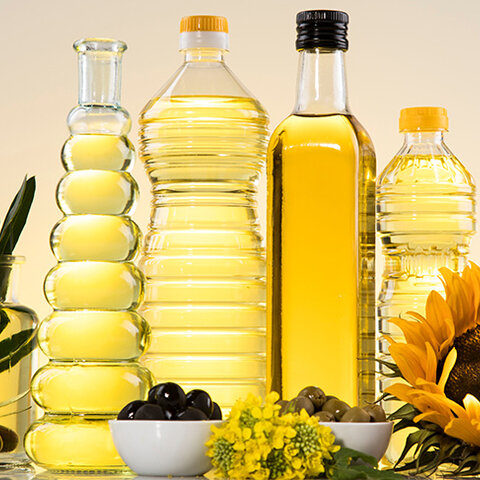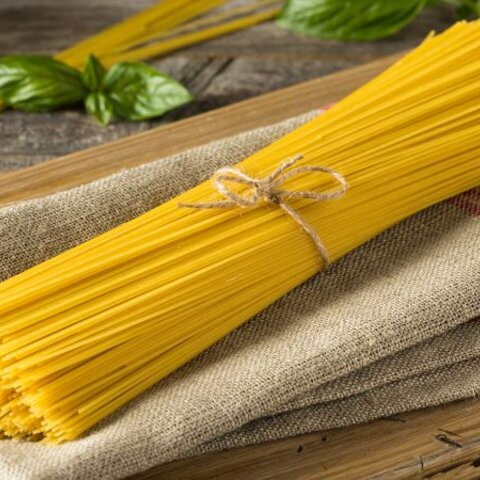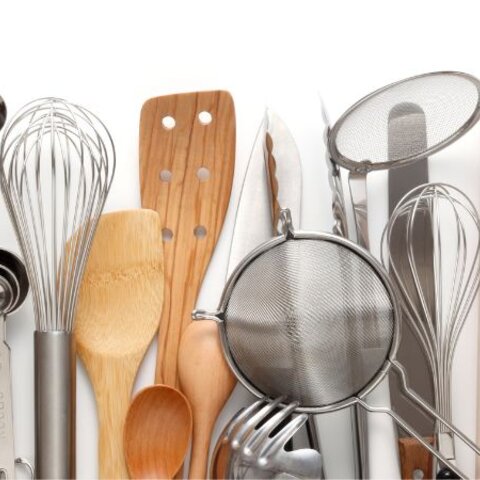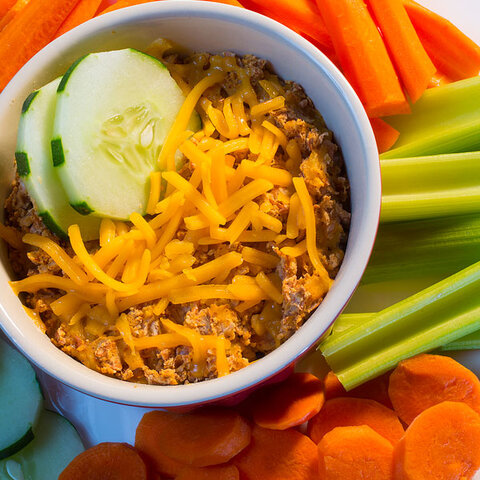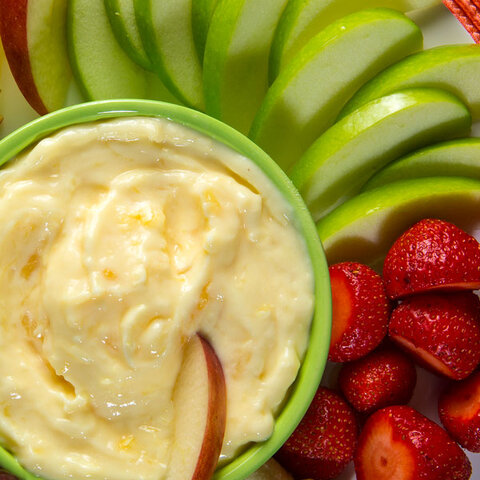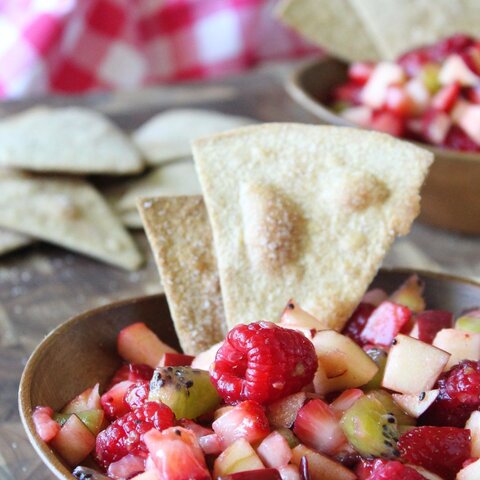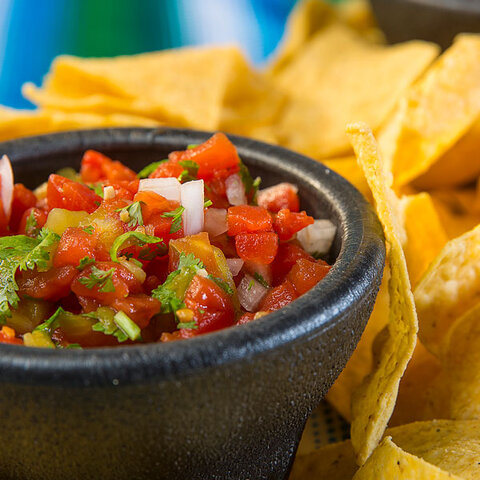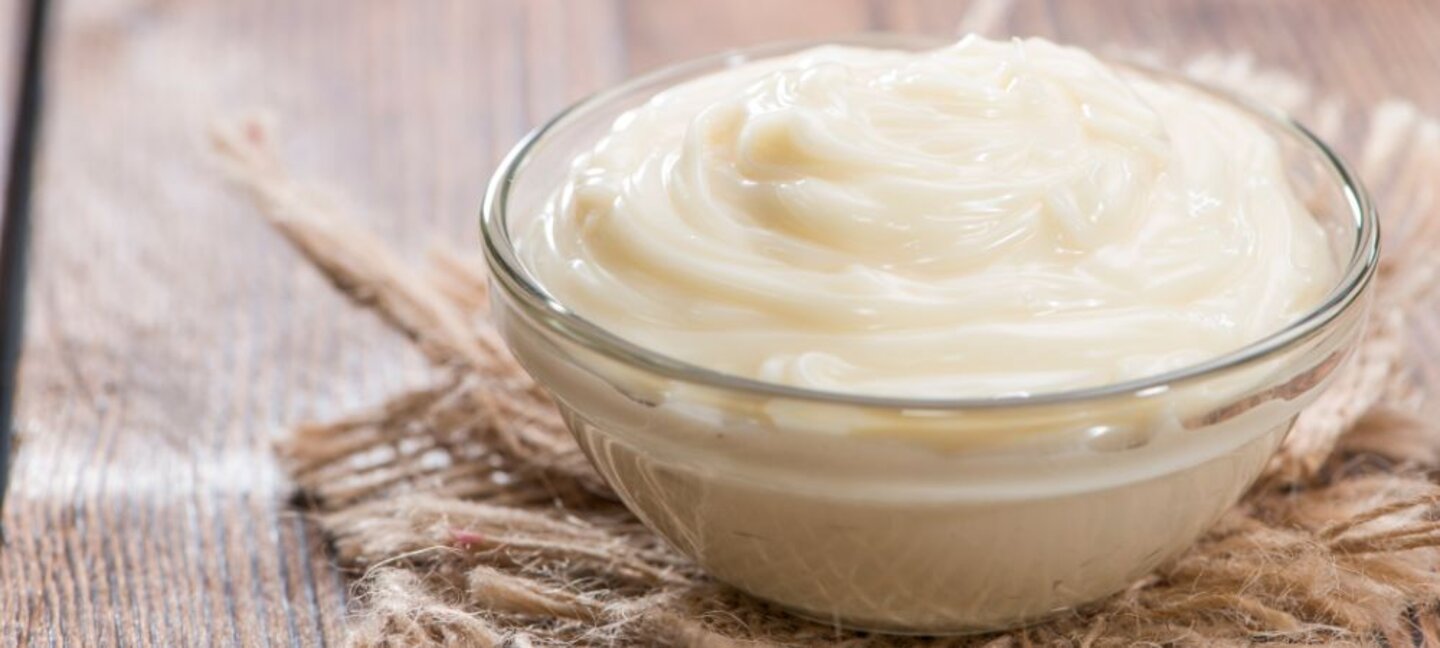
Mayonnaise is a basic ingredient in most homes. Flavored mayonnaise and mayonnaise-based sauces are popular and many varieties can be found in your local grocery store. However, these can be expensive and can be made at home for much less. Here are quick mix-ins of common ingredients to add extra zing and variety to foods typically made with mayo.
Basic guide to mayonnaise mix-ins: For each ¼ cup of mayonnaise (enough for 4 servings, 1 Tablespoon each), use a spoon or small wire whip to stir in ½ teaspoon of one of these dried herbs or spices. Taste and add more if desired.
| Basil | Oregano |
| Chili powder | Parsley |
| Chives | Rosemary |
| Cumin powder | Smoked paprika |
| Curry powder | Tarragon |
| Dill | Thyme |
Add extra punch to any of the previous mix-ins by adding a dash of one of these—taste before you add more:
- Cayenne pepper
- Garlic powder
- Mustard mayonnaise: Mix in 2 teaspoons of your favorite mustard. Dijon mustard is frequently combined with mayonnaise.
Did you know these food safety facts about mayonnaise?
- Commercial mayonnaise is made from eggs, oil, lemon juice or vinegar and seasonings. Commercial mayonnaise is prepared under strict quality controls and contain pasteurized eggs.
- Commercial mayonnaise is not the culprit for food poisoning at a picnic. In fact, its high acidity helps keep food safe. More likely, unsanitary handling and preparation of food used with the mayonnaise—such as chicken, ham, or potatoes—is the problem.
- Homemade mayonnaise, however, has the potential to contribute to food poisoning. Older adults, pregnant women, young children, and people with compromised immune systems are most at risk of foodborne illness.
Sources:
Does mayonnaise cause foodborne illness? United States Department of Agriculture
Shell Eggs from Farm to Table, Food Safety and Inspection Service, United States Department of Agriculture
This article was originally written by Alice Henneman. It was reviewed and updated in 2022.
Tags:
